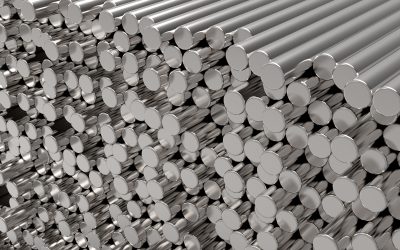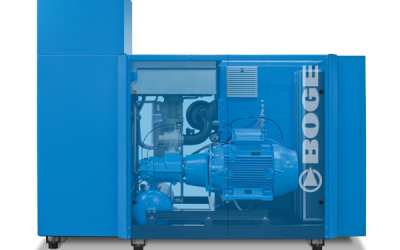The American Society for Testing and Materials (ASTM) offers a variety of standards and specifications for all types of fasteners. The fasteners material specification helps you select the right fastener based on its intended application and environment. Here is a quick look at some of the ASTM bolt and nut material specification standards.
Fastener Specifications for High Temperatures
A193 is the recommended fasteners material specification for alloy steel and stainless-steel bolts used in high-temperature or high-pressure environments. Nuts exposed to high temperatures should meet the A194 specifications.
These specifications ensure that your nuts and bolts are rated for use in situations where they are exposed to extreme temperature or pressure. Choosing the wrong type of nuts and bolts could weaken your structure, increasing the risk of accidents and injuries.
Fastener Specifications for Low Temperatures
Along with high temperatures, the ASTM offers specifications for nuts and bolts used in low temperatures. Lower temperatures can make metal fasteners more brittle. The metal loses its ductility in low temperatures, which increases the risk of your fasteners breaking.
A320 is the ASTM specification for alloy steel and stainless-steel bolts in low temperatures. These bolts undergo different manufacturing processes to help retain ductility in colder temperatures.
Fastener Specifications for Specific Applications
The ASTM offers a variety of specifications for nuts and bolts used in different projects.
For example, different fasteners offer different tensile strengths. You may also need specific nuts and bolts for anchoring supports to concrete foundations or preventing corrosion when exposed to water.
If you need help understanding any of these specifications, consider working with an experienced metal fastener supplier.


